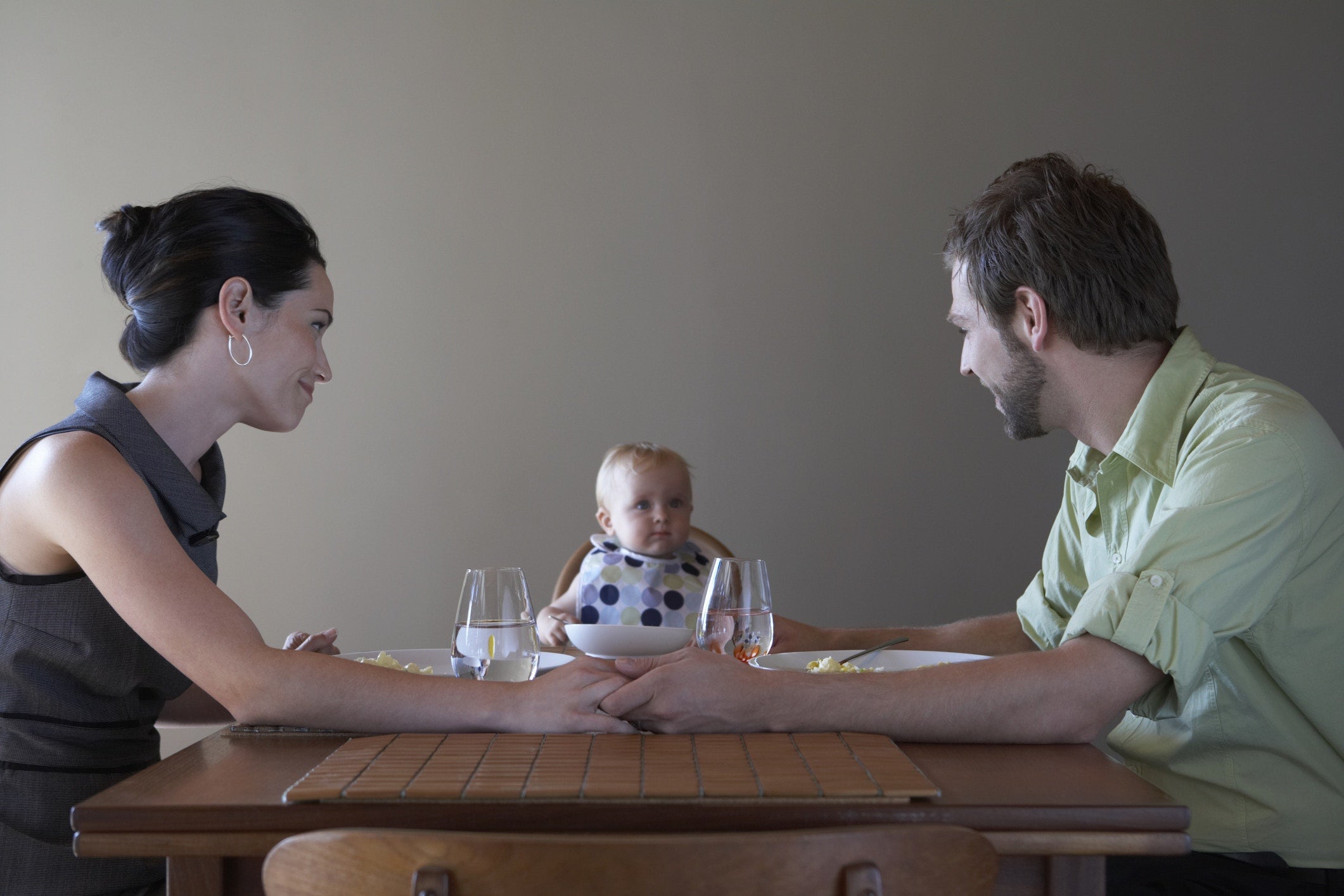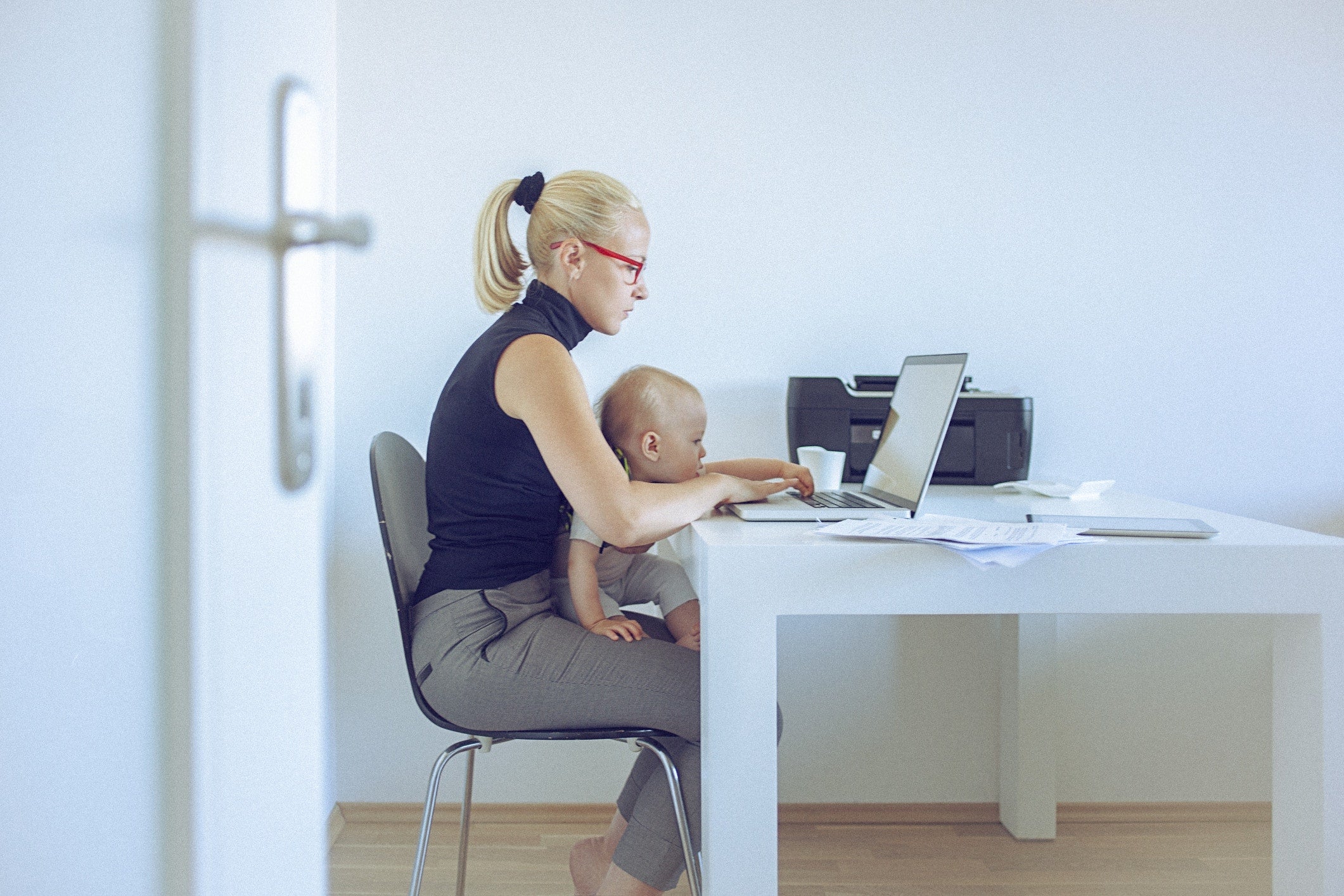Many parents realize that when kids become teens, they will at some point be faced with pressure to try alcohol. What many probably don’t realize is that first-time alcohol use among teens follows a pattern and doubles in the months of June and December.
For many, the winter holidays are a time to indulge. Alcohol sales are higher than average, possibly due to the popularity of alcohol as a gift and the tendency to upgrade to a pricier version of many liquors to serve at holiday gatherings.
December is the most popular month to purchase specialty cordials. (One store in Montana reports sales of Baileys triple in December.) These sweeter, sipping beverages are frequently the alcohol of choice for first-time drinkers.
The holiday season also typically brings an increase in social commitments, making parents too busy and distracted to monitor their teens the same way they do at other times of the year.
We know that teens are curious, and many are determined to experiment. Although alcohol is a somewhat controlled substance (limited to those age 21 and over), we live in a society that encourages the use and sometimes the abuse of alcohol. Most social activities include or even revolve around drinking. Many forget that alcohol is a chemical substance. The effects can be very much like those of drugs.
Some parents make the decision to allow their kids to try alcohol, thinking it better to experience its effects in a somewhat controlled environment. This may not be a good idea.
As reported in Science Daily, “In a study of 428 Dutch families, researchers found that the more teenagers were allowed to drink at home, the more they drank outside of home as well.” Not surprisingly, teens who drank often had a higher incidence of problem drinking two years later. “The findings, according to van der Vorst, suggest that teen drinking begets more drinking – and, in some cases, alcohol problems – regardless of where and with whom they drink.”
Though many look to European alcohol regulation (or lack thereof) as a model, a survey of 15- and 16-year-olds in Europe indicate there is more teen drunkenness in Europe than in the US.
Alcohol researcher Caitlin Abar from Pennsylvania State University says, “It really calls into question the strategy that parents are adopting of the European drinking model. The most protective strategy for parents is to make it really clear to their teens that they completely disapprove of underage alcohol use.” Abar states that parents with a zero tolerance policy will not necessarily prevent their kids from drinking, but that these teens tend to drink less.
This is backed up by research
According to the Substance Abuse and Mental Health Services Administration (SAMHSA), more than 80 percent of young people report parents have the greatest influence over whether they drink. SAMHSA’s program, Talk, They Hear You, encourages parents to start talking to their kids as early as age nine about alcohol and the associated dangers.
Noting that when teens drink, they do so excessively, William D. Crano at Claremont Graduate University in Claremont, CA, focused on conditions in adolescence to see whether these conditions could predict teenage alcohol abuse. He found that paying attention to what teens are doing and providing a supportive family environment can go a long way to prevent binge drinking.
Your habits make a difference
Parents’ behavior sends a message to their kids about what is acceptable. While acknowledging that kids will form their own ideas about alcohol, Crano believes that parents should talk about drinking, saying, “You want to be the person to help them.”
A study done by Christine Jackson at RTI International in Durham, NC, goes further and suggests that allowing children to taste alcohol at home “simply teaches them that parents don’t mind if they have alcohol.” She adds, “allowing children to have alcohol increases their odds of underage drinking during adolescence.”
Instead Jackson advocates a home-based parenting program that promotes an alcohol-free childhood. In a study evaluating such a program, those participating were significantly less likely to drink four years later.
Binge drinking is a real problem
In 1994, Harvard’s Alcohol Study established what is still the definition of a drinking binge: five or more drinks in a row for a man, and four or more for a woman. Binge drinkers of today often have 10 or more drinks in a night. Though the numbers indicate that fewer students are binge drinking, many of these are now doing so to the extreme.
A study published in 2011 in the American Journal of Health Education found that 77 percent of college freshmen “drink to get drunk.” What today’s college student calls being drunk is oftentimes what an expert would define as being in a blackout.
Some scary stats
More than a third of teens have a drink before age 15; almost two thirds have tried it by the time they are 18.
Studies show that those who drink before age 15 are six times more likely to become addicted.
Eleven percent of alcohol consumed in the US is consumed by 12- to 20-year-olds.
Those who engaged in underage binge drinking had higher arrest rates 8 to 14 years later.
According to SAMHSA, those who regularly engage in underage drinking are at a higher risk of using other drugs, engaging in risky behavior (including unprotected sex), doing poorly in school, and having serious health issues such as depression and anxiety.
A UVA study showed that about half of alcohol related deaths among American college students at four-year institutions were caused by drunk driving.
The Center for Disease Control and Prevention reports that up to 70 percent of water recreation deaths are also related to alcohol use.
Each year, according to the NIH…
• an estimated 599,000 students are unintentionally injured while under the influence • an estimated 696,000 students are assaulted by another student who has been drinking • an estimated 97,000 students are victims of alcohol related sexual assault or date rape
College students who drink regularly are more likely to miss classes, earn poor grades, or even drop out altogether.
Walking the line between intrusive and aware
If you are the parent of a teenager, you know these conversations can be difficult. Rather than starting with a lecture, ask your teen if he or she has witnessed underage drinking and ask his or her thoughts on the subject. Explain your concerns and make suggestions on how to avoid the pressure to drink.
Pay attention to the messages you give about alcohol. How do you talk about drinking? Do you say you “need a drink” after a hard day at work? Do you drive after having a drink? It is possible, even likely, that your child will ask you why you drink. If you have a complicated relationship with alcohol, this can be a difficult question to answer.
If you are hosting a party, do not serve teens. If both adults and teens will be guests, make sure adult beverages and soft drinks are located in separate areas. If the party is just teens, make your presence known. You can do this without being obvious by regularly walking by with more food. Confiscate any alcohol brought by a teenager.
Know what your kids are doing. Know where they are and who they are spending time with. Help them find productive ways to spend their time. A study by the National Center on Addiction and Substance Abuse indicates that a bored teen is 50 percent more likely to drink, smoke, or use illegal drugs.
If your teen is going to a party, ask if there will be alcohol. Don’t assume that the laws will be followed. Fact check if you have doubts. Look for evidence when you drop your child off.
Let your teen know that he or she can call you for a ride. Save the lecture for another day.
Talk to your teens about drinking
Be honest about your past. If you drank as a teen, point out why it was a bad idea. This came up recently in our home. I told my children that much was different then. At the time, the legal drinking age was 18 where I lived. Brain science had not yet discovered that our brains are still maturing into our 20s or how much alcohol could affect a growing brain.
You might want to share some stories (about yourself or people you know) and point out some of the bad, even potentially dangerous, decisions that were made while under the influence.
Like other difficult parent-child conversations, it is ideal to start to talk often and early. Don’t just say “Don’t drink.” Offer realistic limits, or ways to “fake,” such as nursing a drink or drinking lookalikes (plain soda out of red Solo cup does the trick). Suggest some possible excuses, like “I’ll get in trouble with my coach,” etc.
It’s also important to set hard and fast rules: no drinking and driving, no binge drinking, and calling for help if things get out of control.
Most importantly, be available. Your kids need to know they can come to you if they or one of their friends has made poor choices and needs help. That said, they may be embarrassed or feel they have disappointed you, and not come to you as a result. Let them know about other trusted people who can help, such as doctors, school counselors, or clergy.
Teens are not small adults, alcohol affects them differently
Brain science has come a long way in the past few decades. We have learned that the human brain develops well into one’s 20s. It has been a long-accepted fact that alcohol can have damaging effects on brain cells, but we are just learning that the damage to teens and young adults can be even greater.
Alcohol limits what teens can do, thwarting chances to learn and subsequently not meeting their potential. Alcohol reduces inhibitions, causing riskier behavior at an age already predisposed to such behavior.
In addition, teens are susceptible to addiction due to the plasticity of younger brains. Since there is also a potential genetic component, teens with a family history of alcoholism or mental health issues have to be more aware.
Parents need to understand all this and, as with other grown-up issues, give independence gradually. Teens don’t simply wake up one morning as adults ready to make responsible decisions. They need education and guidance.
They also need to recognize that not everyone is affected by alcohol in the same way. The popular weight chart, indicating how many drinks one can have before becoming intoxicated, can be useful, but not relied on. If one is drinking on an empty stomach, for example, alcohol has a different effect. People of the same weight don’t always metabolize alcohol at the same rate. Each person is different.
Taking cold or other medicine can cause one to become intoxicated quicker and can also have potentially dangerous effects, especially to the liver.
Watch for signs of a problem
Know the risk factors that increase the likelihood your teen may have or develop a problem: depression, a family history of alcoholism, or issues with peer relationships. Teens with a family history of alcoholism are four times more likely to have a drinking problem of their own.
Unfortunately, many signs that your teen may be abusing alcohol (moodiness, resisting family rules, a change of interests and/or friends, problems in school) can also be caused by other factors. It may even be normal teen behavior. Jumping to conclusions and making accusations can backfire, so you might want to investigate quietly.
Trending in the right direction
Though it’s wise to be vigilant, don’t let the statistics worry you too much. Teenage alcohol use as a whole is on the decline. According to a CDC survey, the number of teens who had tried alcohol dropped from 81.6 percent to 63.2 percent between 1991 and 2015. Those who reported having five or more drinks in one night went from 31.3 to 17.7. Today a third of teens drink, down from 50 percent 25 years ago.



